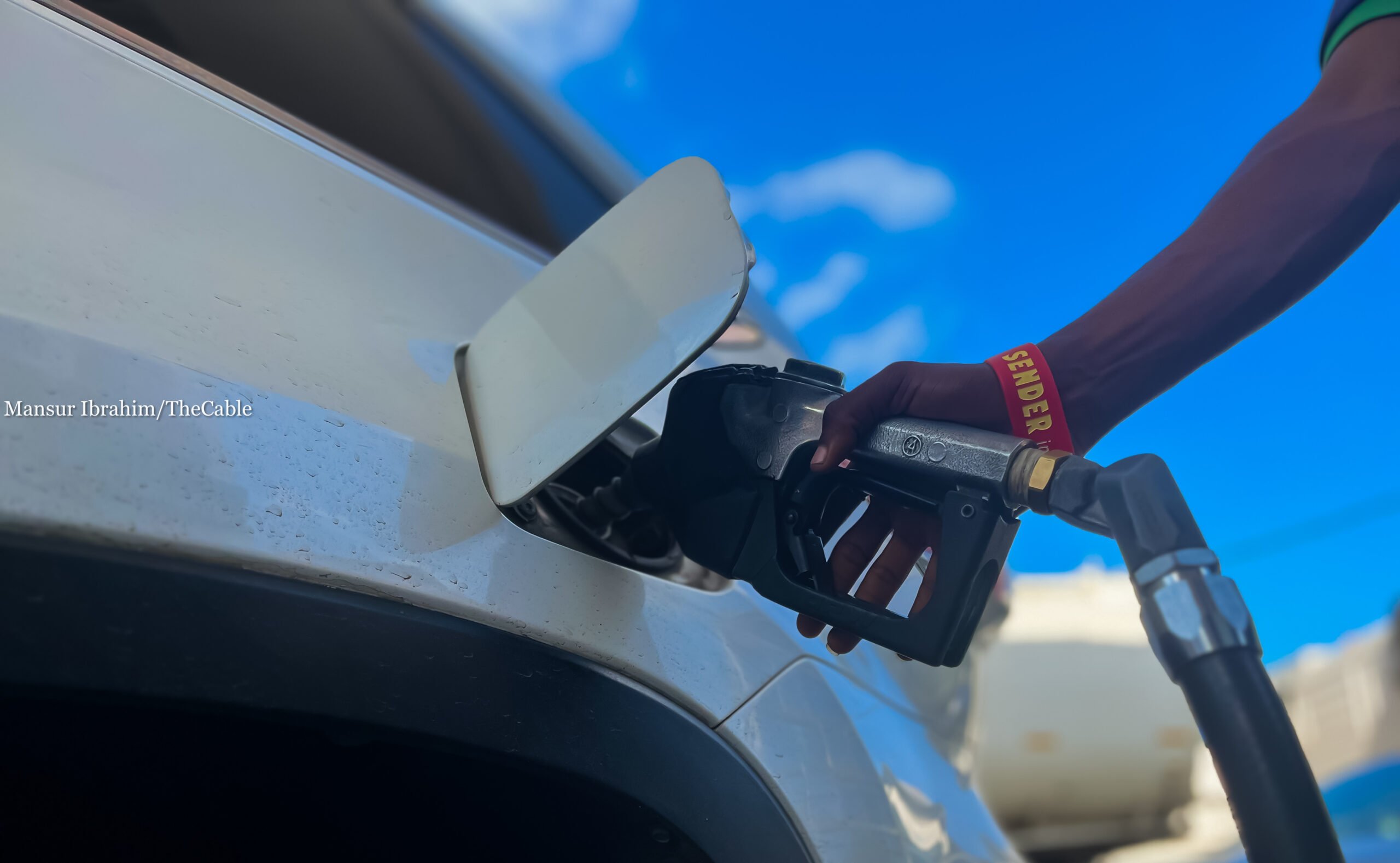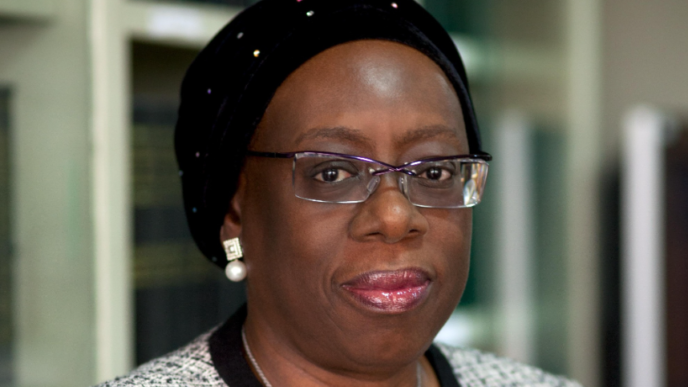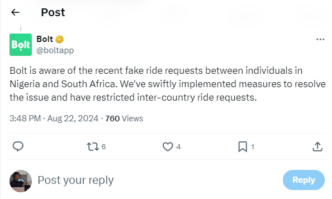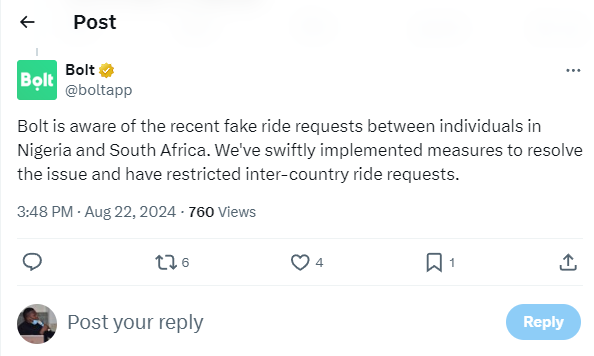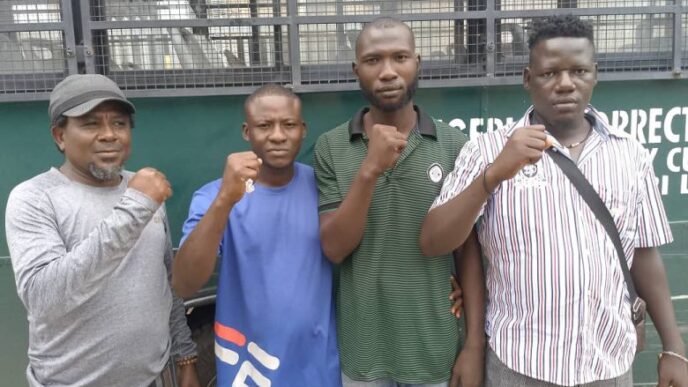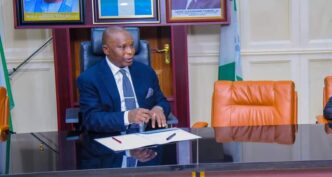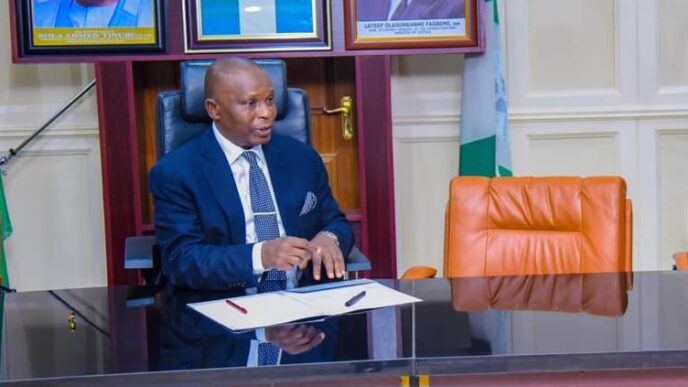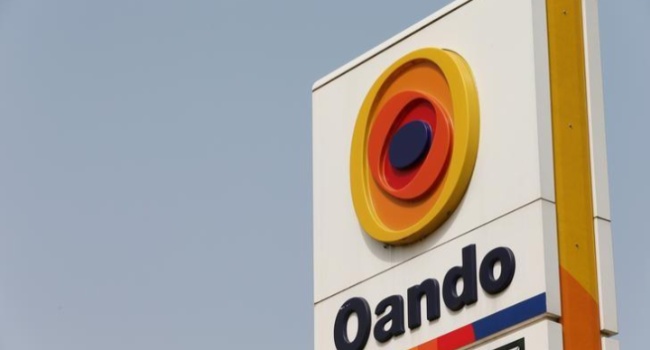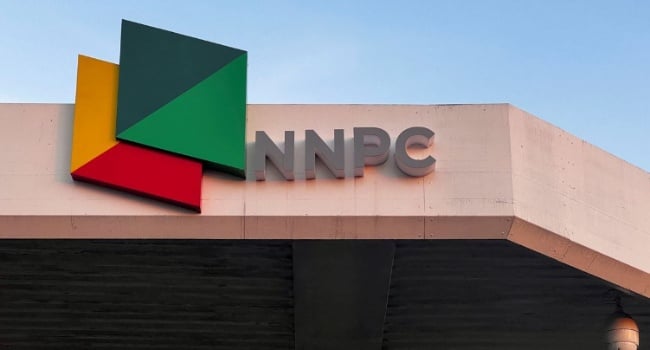Agora Policy, an Abuja-based think tank, says petrol subsidy will reach an all-time high in 2024 after gulping N4.2 trillion from January to July.
In a post on Thursday, the organisation said petrol subsidy, which was supposedly ended in mid-2023, “is not only back but bigger than prior era”.
Agora Policy said petrol subsidy stood at N5.10 trillion in 2023 — almost double the record set in 2022.
“With 4.2t incurred in just seven months, 2024 is set for an all-time record,” the think tank said.
Advertisement
According to data shared by Agora Policy, Nigeria spent N220 billion in 2006 on subsidy, N236 billion in 2007, and N360 billion in 2008.
In 2009, petrol subsidy payments dropped to N198 billion, increasing to N416 billion in 2010, and N1.9 trillion in 2011.
The year after, the petrol subsidy culminated in N690 billion, but dropped to N495 billion in 2013, N482 billion in 2014, N317 billion in 2015, and N99 billion in 2016.
Advertisement
However, in 2017, Agora Policy said the amount spent on petrol subsidy rose to N142 billion, N722 billion in 2018, before declining to N578 billion in 2019, and N135 billion in 2020.
The decline halted in 2021, as the petrol subsidy rose to N1.16 trillion, N2.91 trillion in 2022, and N5.10 trillion in 2023.
“Out of N20.37t incurred on petrol subsidy from January 2006 to July 2024, the year 2023 accounted for 25.04% of the total while seven months in 2024 alone is responsible for 20.67% of the total,” Agora Policy said.
By contrast, the organisation said 16 years accounted for just 40 percent of the total subsidy.
Advertisement
“Petrol subsidy as a percentage of gross oil revenues in 18 years and seven months: from 21% in 2011 to 126% in 2023, then to 113% between January and July 2024,” Agora Policy said.
“Another dimension: petrol subsidy as a percentage of FAAC net revenues, ranging from 1.9% in 2020 to 50% in seven months of 2024.
“Here’s what petrol subsidy as a percentage of GDP looks like. Petrol subsidy was 2.2% of GDP in 2023, when it was supposedly gone by mid-year.”
Agora Policy said the percentage for 2023 was only surpassed by that of 2011 (3 percent), “regarded as a tipping point”.
Advertisement
TheCable had reported that President Bola Tinubu approved a request by the Nigerian National Petroleum Company (NNPC) Limited to utilise the 2023 final dividends due to the federation to pay for the petrol subsidy.
However, on August 19, the national oil company said the federal government owes it N7.8 trillion for petrol subsidy — despite denying the existence of petrol subsidy
Advertisement
On August 20, the NNPC said it is selling petrol at only half the landing cost.
Advertisement
Add a comment
